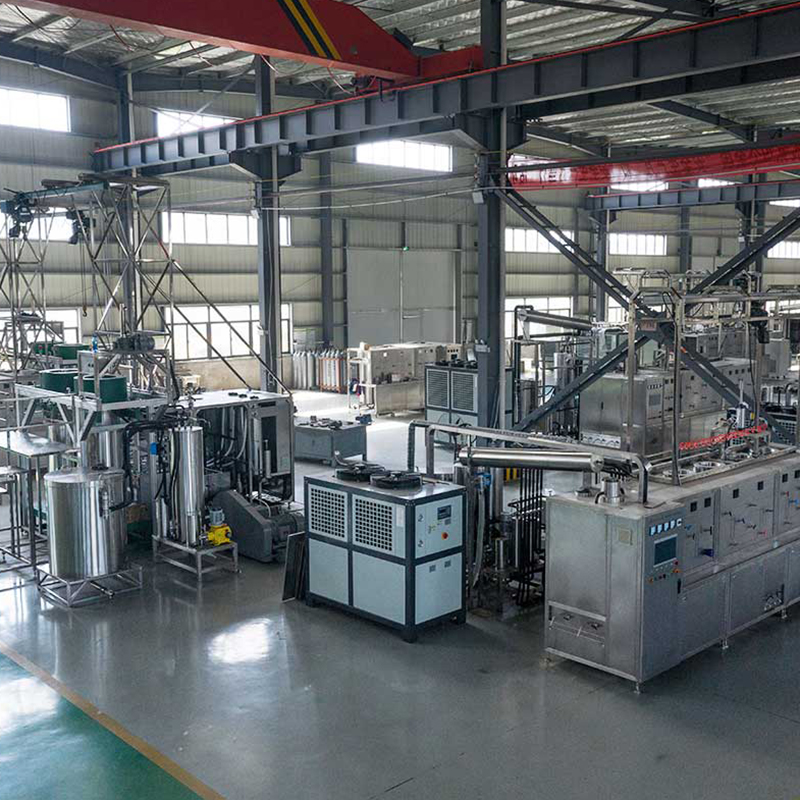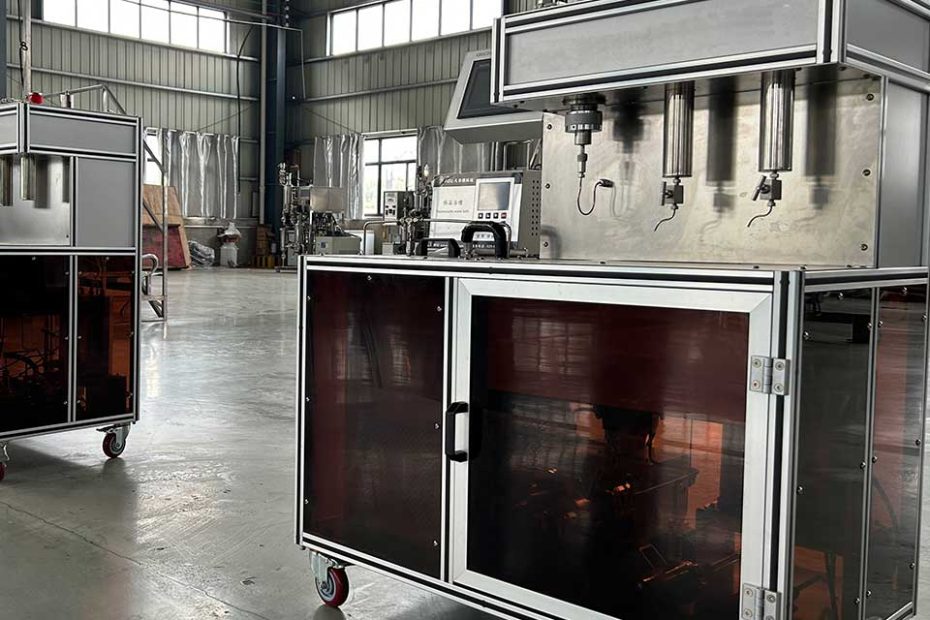Extraction processes play a pivotal role in various industries, ranging from pharmaceuticals to environmental analysis. Two prominent techniques, supercritical fluid extraction (SFE) and liquid-liquid extraction (LLE), stand out for their efficiency in isolating desired compounds. In this article, we will delve into the differences between these two methods, highlighting their principles, applications, and key distinctions.
Supercritical Fluid Extraction
Supercritical CO2 Extraction Process involves the use of a supercritical fluid, typically carbon dioxide (CO2), to extract compounds from a solid or liquid matrix. A supercritical fluid is a substance at a temperature and pressure above its critical point, displaying both gas and liquid properties. The critical point of CO2 is reached at 31.1°C and 73.8 atm pressure, making it a versatile choice for this extraction method.
Principles of Supercritical Fluid Extraction
The efficiency of SFE stems from the unique properties of supercritical fluids. In the supercritical state, CO2 exhibits enhanced solvating power, allowing it to penetrate solid materials and dissolve a wide range of compounds. This solvent power can be adjusted by varying the pressure and temperature, providing control over the extraction process.
Liquid-Liquid Extraction
Liquid-liquid extraction, also known as solvent extraction or partitioning, relies on the differential solubility of compounds in two immiscible liquids. This method is widely used for separating compounds based on their affinity for a particular solvent.
Principles of Liquid-Liquid Extraction
In LLE, a sample is dissolved in one solvent, and this solution is mixed with another immiscible solvent. The target compounds distribute themselves between the two solvents based on their partition coefficients. The phases are then separated, and the desired compounds are recovered from the solvent of choice.

A Comparative Analysis : Supercritical Fluid Extraction VS. Liquid-Liquid Extraction
Now, let’s compare these two extraction methods through various perspectives, shedding light on their applications, advantages, and limitations.
Applications
Both SFE and LLE find applications in diverse fields such as pharmaceuticals, food industry, and environmental analysis. SFE is particularly advantageous for extracting heat-sensitive compounds, such as essential oils and flavors, while LLE is often preferred for isolating compounds with varying polarities.
Advantages
| Supercritical Fluid Extraction | Liquid-Liquid Extraction |
|---|---|
| 1. Selective solubility control | 1. Versatility in solvent choice |
| 2. Minimal solvent residues | 2. Efficient separation of complex mixtures |
| 3. Extraction at low temperatures | 3. Scalability for industrial processes |
Conclusion
Despite their merits, both SFE and LLE come with limitations. SFE may require specialized equipment and has high upfront costs, while LLE can be time-consuming due to the need for multiple extraction steps.
In conclusion, supercritical fluid extraction and liquid-liquid extraction are two powerful techniques with unique characteristics. The choice between them depends on factors such as the nature of the compounds to be extracted, scalability requirements, and the overall process efficiency needed. By understanding the principles, applications, and advantages of each method, scientists and researchers can make informed decisions to optimize their extraction processes.
